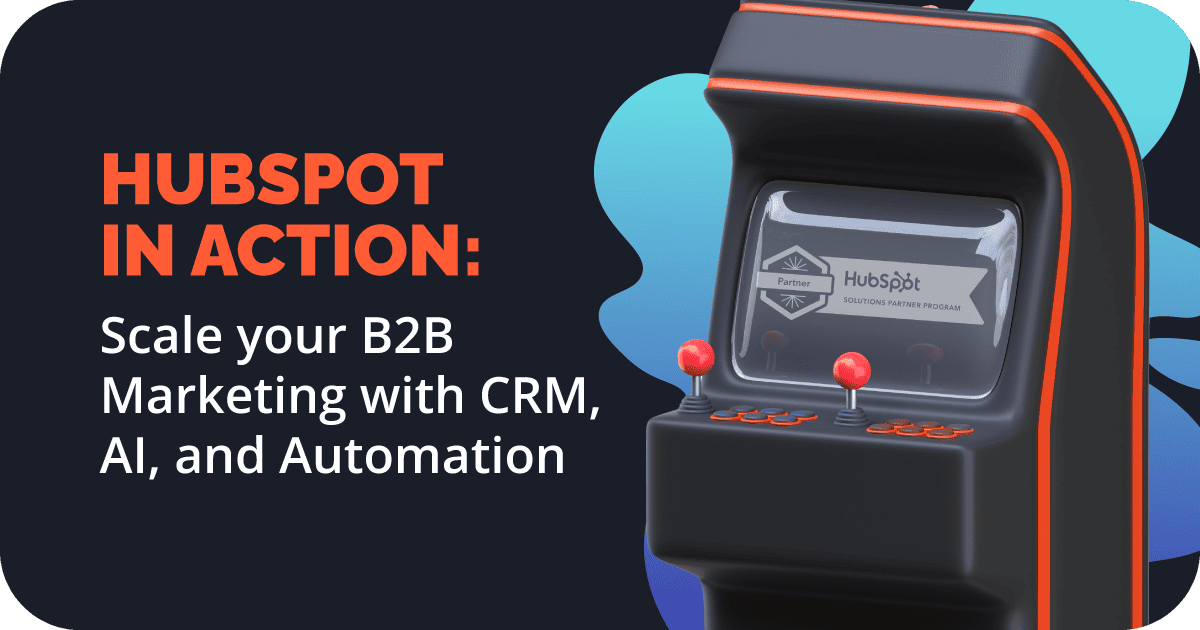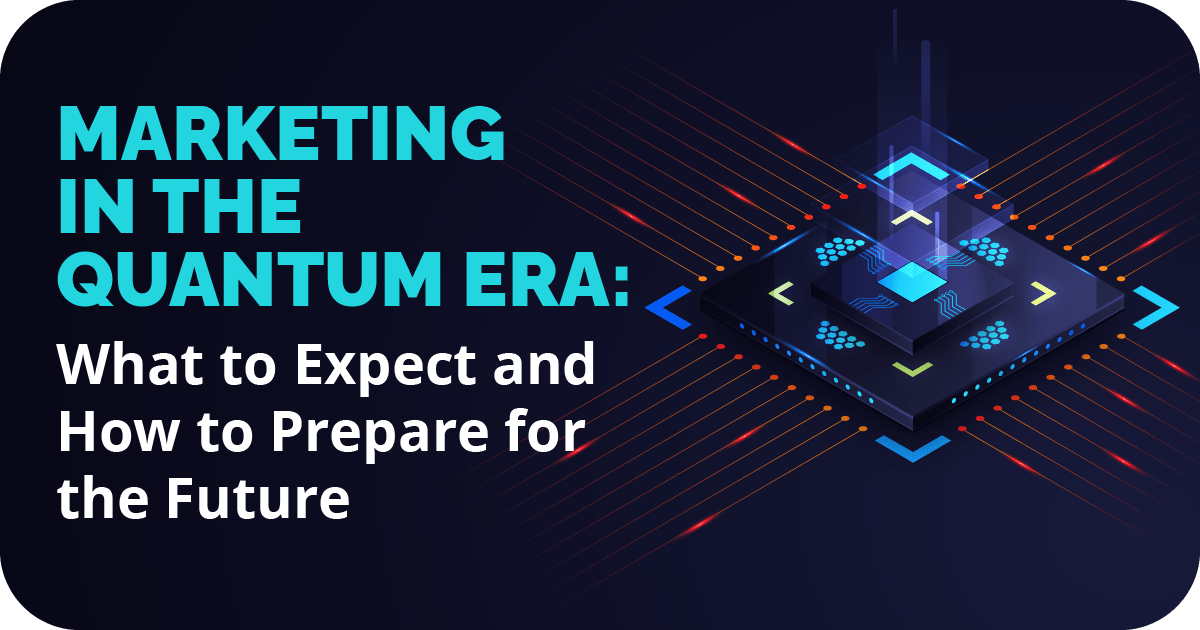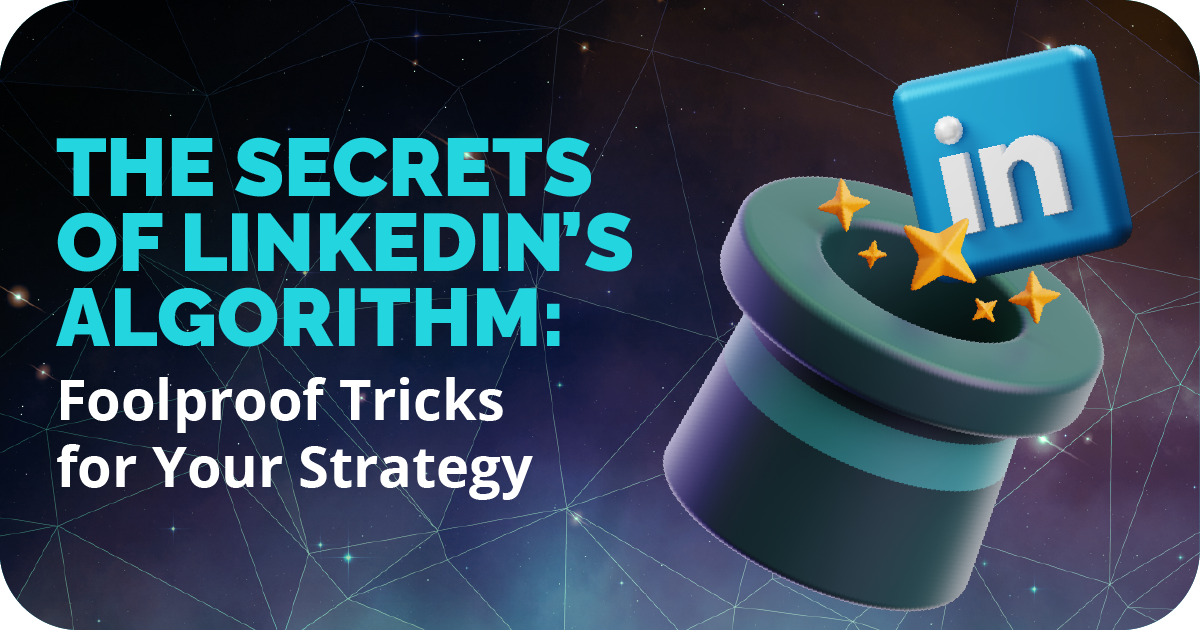Once upon a time… Storytelling in B2B
 Who doesn’t like stories? We live in a world surrounded by them; in fact, our life is a story in itself. Companies have recognized the potential storytelling can have and are utilizing it to captivate their consumers and potential customers. What exactly is it, and why does it hold so much opportunity in the Business-to-Business (B2B) world? The solutions to these questions may be found throughout this blog.
Who doesn’t like stories? We live in a world surrounded by them; in fact, our life is a story in itself. Companies have recognized the potential storytelling can have and are utilizing it to captivate their consumers and potential customers. What exactly is it, and why does it hold so much opportunity in the Business-to-Business (B2B) world? The solutions to these questions may be found throughout this blog.
Storytelling, in its purest form, is the art of telling, creating, and adapting stories in situations with a beginning, middle, and end, with the objective of communicating messages from an emotional perspective.
In content marketing, it is a powerful tool because it allows you to tell stories about a brand and its products, and while it has been used for many years by companies in the B2C sector, one may ask if it can make a positive impact in the B2B world, whose buyers tend to be driven by logic, evidence, and facts? The answer is simple: absolutely, because it has been proven that even in the coldest industries, the transmission of emotional, compelling, and entertaining stories has unimaginable effects on target audiences.
In content marketing, storytelling is a powerful tool because it allows you to generate emotional, compelling and entertaining connections with your audiences.
To help you understand it a bit better, here are three examples of how three B2B companies used storytelling to get their message across from a human perspective:
- Adobe: https://bit.ly/3rjErPk
This hilarious Adobe Marketing Cloud ad conveys the value of the marketed product without boring the viewer at all. The video begins in an office with employees dealing with an unexplainable rise in orders and doing everything they can to complete them. The ad concludes with a touching and humorous visual that should not be missed!
- Slack:https://bit.ly/3rt1ya6
Slack collaborated with Sandwich Productions to create the 2014 film “So Yeah, We Tried Slack.” From the perspective of the production company’s employees, the video depicts the widespread acceptance of today’s favorite corporate communications platform. It’s a clever idea that’s worth watching and analyzing.
- Hootsuite:https://bit.ly/3d3ZVHJ
Hootsuite discusses why certain organizations aren’t successful on social media in this animated video in a clear and honest tone. It then outlines how it may assist companies in resolving the challenge.
Did you like watching videos? Now, we’ll provide you with six tips on boosting your marketing campaigns using the art of storytelling.
- Identify
It’s the first step in telling a story, and to do that you have to ask yourself:
Will the audience be familiar with what I want to tell?
What do they want to know?
What challenges would my readers face without my product/service?
When you understand who they are and why they require your product/service, you will be able to interpret how to convey a clear message that will enhance the engagement of your campaigns.
- Try to have a structure
Good storytelling has a logical thread, i.e. a beginning, a middle, and an end, which makes the story easier to understand. Consider the following elements:
The protagonist: the customer.
The antagonist: the challenge.
The mission: the journey to overcome the challenge.
The execution: the solution to the challenge.
The climax: the result.
- Be sure to listen
It’s critical to understand what people want to hear and where they want to hear it. Do some research to understand your audience’s challenges, which will lead you to the best platform for telling the story. For example, if you find that people love short videos, you may create and share animations with amusing characters on social media.
 Harness the power of gamification
Harness the power of gamification
We like this one since we at Isource are specialists in the execution of immersive experiences and the positive outcomes they generate. By gamifying your storytelling, you provide your audiences unimaginable power with quizzes, games, puzzles, and countless other resources for them to learn what your product or service accomplishes, for example.
By gamifying storytelling, you give unimaginable power to your audiences.
- Let your customers tell the story
It enables the customer to control the story and showcase his or her own experience, humanizing it through case studies, success stories, testimonials, etc.
- Share stories with data
Numbers and narratives are both required. In fact, stories and statistics are strongly intertwined. One aids in the establishment of an emotional connection, while the other fosters trust in the realities of the situation.
The storytelling field has no boundaries, and we are confident that your company has a variety of elements to create effective and empathetic stories and, as a result, communication pieces that captivate your audiences. And we at Isource Marketing are here to help you since we have designers and copywriters that have been trained to do so. Interested in contacting us or scheduling a call? Find us here: https://isource.agency/#contact We look forward to meeting you!



 Harness the power of gamification
Harness the power of gamification






